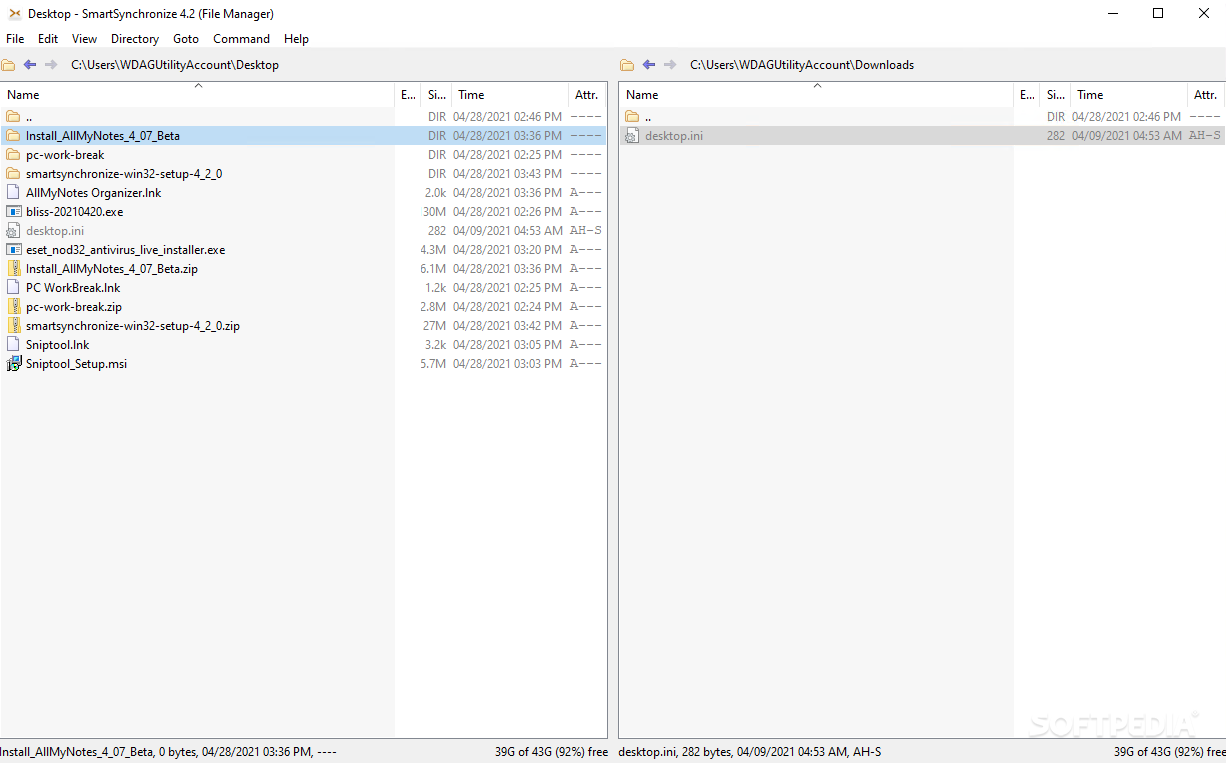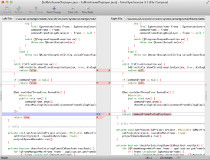
- Smartsynchronize command line manual#
- Smartsynchronize command line full#
- Smartsynchronize command line license#
- Smartsynchronize command line free#
This will replace the characterĬhange the word Waht to What, press Esc and move the cursor to the third line. Press the r key and then insert character s. Bring the cursor to the d character in the string “id”. To move the cursor to the left, press h or

Then move the cursor to the third line by pressing the j or down arrow key. Replace the d character with s in the line, Waht id today’s date?, press Press the a key to append and insert a space with the next string “name?” Use the h, j, k, l or arrow keys to navigate to the last character of the line. Oracle Linux to display the contents of the SHELL variable.Īppend text to the line What is your, press Esc to enter command mode.
Smartsynchronize command line free#
To sign up for a free account, see Get started with Oracle Cloud Infrastructure Free Tier. This tutorial requires access to Oracle Cloud.Use this option if you want to sync groups, but not users.ĭisplays short application-version information.ĭisplays detailed application-version information, but does not sync it. Writes reports to a specified output file, in addition to the log. To troubleshoot, go to Why isn’t GCDS running a sync from the command line? The argument is only valid with the -a argument. Doing so prevents multiple instances from running inadvertently (for example, through a scheduler or cron job). Restricts any running synchronizations to a single instance per XML configuration file.
Smartsynchronize command line license#
Use this option if you don't want to sync license data for users. In most cases, we recommend you set the log level to INFO. Valid values (in increasing order of detail) are FATAL, ERROR, WARN, INFO, DEBUG, and TRACE. Overrides the default or configured log level with a specified value. Use this option if you want to sync users, but not groups. Do not use this option unless directed to do so by support. Important: Improper use can cause performance degradation. Use this option if you don't want to sync custom schema data for users.Ĭlears the cached copy of your Google Account data before running the sync. For details, go to Work with configuration files.

Important: You must include a valid XML file with this argument. Specifies the XML configuration file to load.
Smartsynchronize command line full#
For the best results, run a test sync without this argument before running a full sync with it. Note: If you don't use this argument, a sync is run as a test only and no changes are made to your Google Account. Command arguments & examplesĮxpand all | Collapse all & go to top Command arguments Tip: You can get information about the available command arguments by entering sync-cmd -h. You can use the command arguments listed below to perform a range of actions, such as: You run the sync-cmd command from the GCDS installation directory and enter the command on a single line. For details, go to Schedule automatic synchronizations. Alternatively, you can use a third-party tool to automate syncs. You can incorporate synchronizations into any scheduling or batch script you wish to use.
Smartsynchronize command line manual#
For details, go to Perform a manual synchronization.Īfter you’re done making configuration changes, you can automate your sync process using the command line. Doing so allows you to check the synchronized data and make sure it's in order. When you set up or modify your configuration, you should run a manual synchronization from Configuration Manager. You can use the sync-cmd command and Google Cloud Directory Sync (GCDS) to run synchronizations from the command line.


 0 kommentar(er)
0 kommentar(er)
